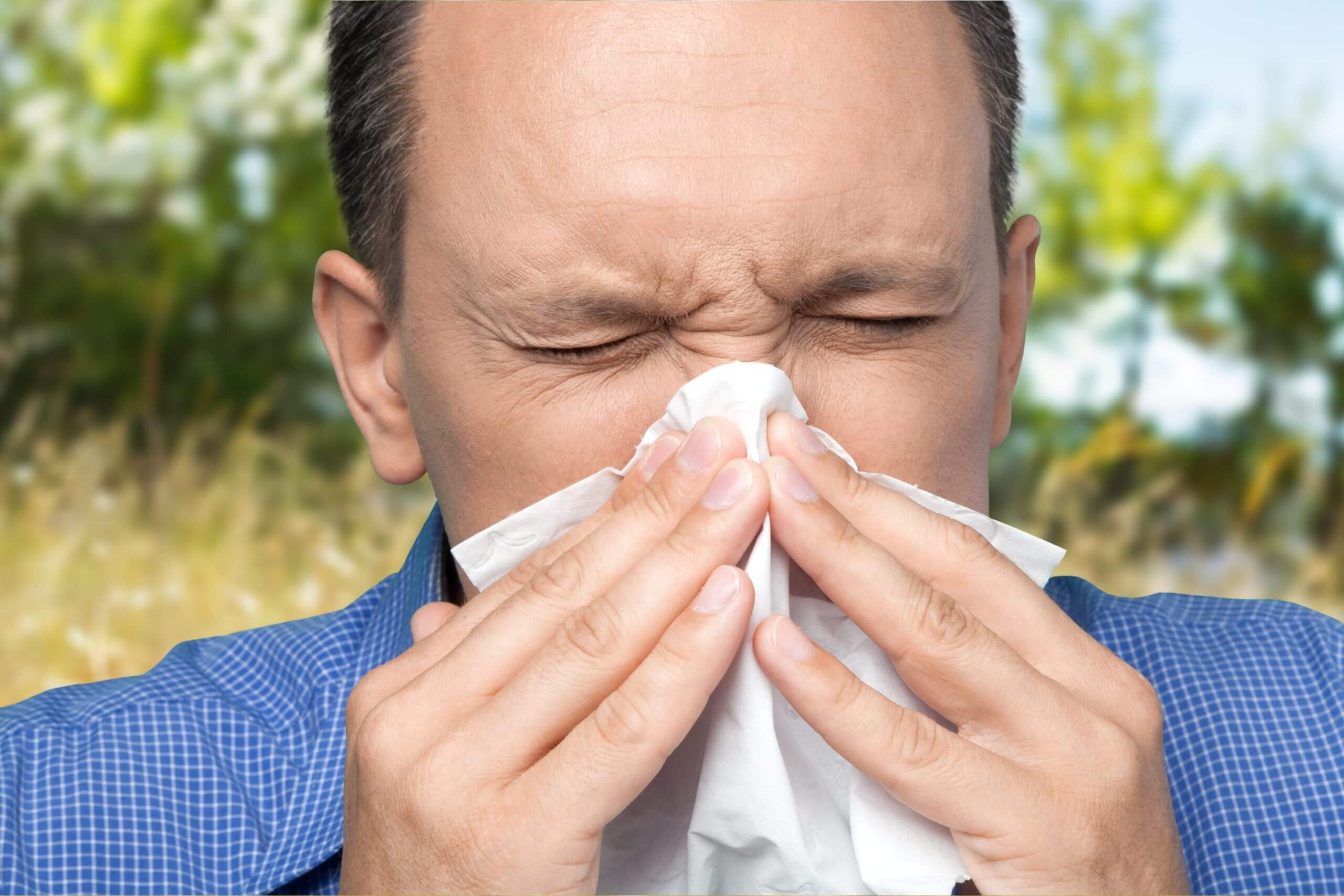
Let’s face it, it is no fun being the one whose nose is dripping like a faucet and eyes are beet red from itching and sneezing when everyone else seems to have no issue embracing the wonderful spring weather. Seasonal allergic rhinitis is caused by small allergens often pollen hitting the nasal mucosa resulting in a type 1 hypersensitivity reaction. In seasonal allergies what happens is your immune system misinterprets the allergen as a threat and releases histamine. Histamine is used to protect the body against infection through inflammation. In seasonal allergies there is no “true threat” and instead we experience itchiness, swelling, red eyes and runny nose.
Traditionally antihistamines are used to symptomatically reduce runny nose and sneezing associated with allergic rhinitis. Although effective, the issue with antihistamines is they may cause sedation and drowsiness (although there is non-drowsy forms available). The results from a randomized double blind control trial showed butterbur did not produce sedative effects associated with antihistamines and was well tolerated by the individuals in the study (1).
The trail also compared the efficacy of butterbur with cetrizine (antihistamine) and showed improvement in symptoms were were similar in butterbur and cetrizine groups of patients with seasonal allergic rhinitis (1,2). The results suggest butterbur may be an effective symptom management for seasonal allergic rhinitis in patients who wish for an alternative to antihistamine medications.
***Caution Butterbur (Petasites hybridus) is part of the Asteraceae family and should not be taken by those with a known sensitivity to plants in the Asteraceae family.

Study 1:Schapowal, A. “Randomised Controlled Trial Of Butterbur And Cetirizine For Treating Seasonal Allergic Rhinitis”. BMJ 324.7330 (2002): 144-144. Web.
Study 2:”Treating Intermittent Allergic Rhinitis: A Prospective, Randomized, Placebo And Antihistamine-Controlled Study Of Butterbur Extract Ze 339″. Phytother. Res. 19.6 (2005): 530-537. Web.
 By Breanne Kallonen
By Breanne Kallonen March 7, 2016
March 7, 2016